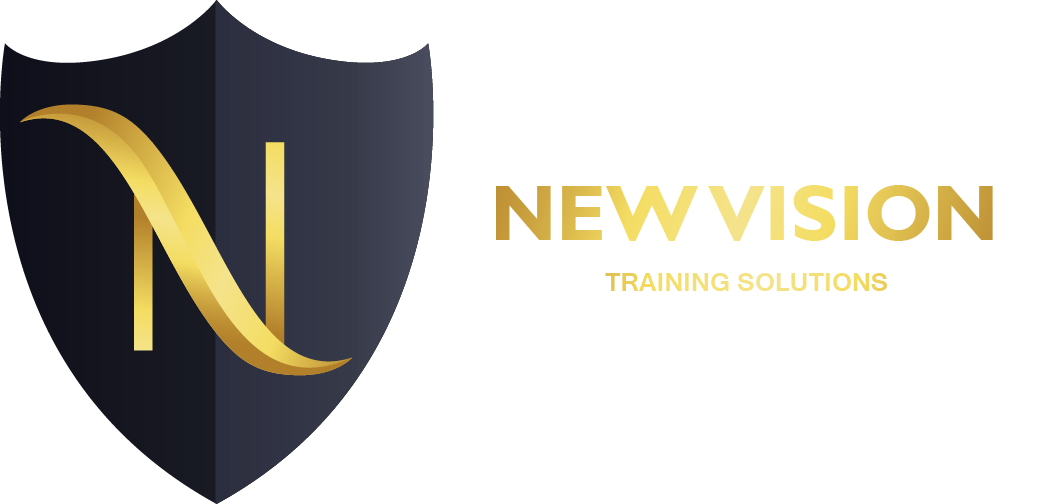70-765 Provisioning SQL Databases

About this course
This course is designed to teach students how to provision SQL Server databases both on premise and in SQL Azure.
Audience profile
The primary audience for this course is individuals who administer and maintain SQL Server databases. These individuals perform database administration and maintenance as their primary area of responsibility, or work in environments where databases play a key role in their primary job.
The secondary audiences for this course are individuals who develop applications that deliver content from SQL Server databases.
Course Outline
Module 1: SQL Server 2016 ComponentsThis module describes the various SQL Server 2016 components and versions.Lessons
- Introduction to the SQL Server Platform
- Overview of SQL Server Architecture
- SQL Server Services and Configuration Options
Lab : Discussion: SQL Server versions
- When we do use a separate installation of SQL Server and when would use a separate instance?
- Which version of SQL Server is most suitable in your organization?
After completing this module, you will be able to:
- Describe SQL Server components and versions.
- Describe SQL Server architecture and resource usage.
- Describe SQL Server services and how you manage the configuration of those services.
Module 2: Installing SQL Server 2016This modules describes the process to install SQL Server 2016.Lessons
- Considerations for SQL Installing Server
- TempDB Files
- Installing SQL Server 2016
- Automating Installation
Lab : Installing SQL Server
- Assess the available resources
- Install an instance of SQL Server
- Perform post installation checks
- Automating Installation
After completing this module, you will be able to:
- Describe the considerations when installing SQL Server.
- Describe TempDB files.
- Install SQL Server 2016.
- Automate a SQL Server installation.
Module 3: Upgrading SQL Server to SQL Server 2016This module describes the process for upgrading to SQL Server 2016.Lessons
- Upgrade Requirements
- Upgrade SQL Server Services
- Migrating SQL Server Data and Applications
Lab : Upgrading SQL Server
- Create the Application Logins
- Restore Database Backups
- Orphaned Users and Database Compatibility Level
After completing this module, you will be able to:
- Describe the upgrade requirements for SQL Server.
- Upgrade SQL Server.
- Migrate SQL Server data and applications.
Module 4: Working with DatabasesThis module describes the preinstalled system databases, the physical structure of databases and the most common configuration options related to them.Lessons
- Introduction to Data Storage with SQL Server
- Managing Storage for System Databases
- Managing Storage for User Databases
- Moving and Copying Database Files
- Side-by-Side Upgrade: Migrating SQL Server Data and Applications
- Buffer Pool Extension
Lab : Managing Database Storage
- Configuring tempdb Storage
- Creating Databases
- Attaching a Database
- Enable Buffer Pool Extension
After completing this module, you will be able to:
- Describe Data Storage with SQL Server.
- Manage Storage for System Databases.
- Manage Storage for User Databases.
- Move and Copy Database Files.
- Describe the Side-by-Side Upgrade: Migrating SQL Server Data and Applications process.
- Describe and use Buffer Pool Extensions.
Module 5: Performing Database MaintenanceThis module covers database maintenance plans.Lessons
- Ensuring Database Integrity
- Maintaining Indexes
- Automating Routine Database Maintenance
Lab : Performing Database Maintenance
- Use DBCC CHECKDB to Verify Database Integrity
- Rebuild Indexes
- Create a Database Maintenance Plan
After completing this module, you will be able to:
- Ensure Database Integrity.
- Maintain Indexes.
- Automate Routine Database Maintenance.
Module 6: Database Storage OptionsDescribe SQL Server storage options.Lessons
- SQL Server storage Performance
- SMB Fileshare
- SQL Server Storage in Microsoft Azure
- Stretch Databases
Lab : Implementing Stretch Database
- Run Stretch Database Advisor
- Implement Stretch Database
After completing this module, you will be able to:
- Describe SQL Server Storage Performance.
- Describe SMB Fileshare.
- Explain SQL Server Storage in Microsoft Azure.
- Describe Stretch Database.
Module 7: Planning to Deploy SQL Server on Microsoft AzureThis module describes how to plan to deploy SQL Server on Azure.Lessons
- SQL Server Virtual Machines in Azure
- Azure Storage
- Azure SQL Authentication
- Deploying an Azure SQL Database
Lab : Plan and Deploy an Azure SQL Database
- Plan an Azure SQL Database, Networking, performance tiers, security
- Provision an Azure SQL Database
- Connect to an Azure SQL Database
After completing this module, you will be able to:
- Describe SQL Server Virtual Machines in Azure.
- Describe Azure Storage.
- Explain Azure SQL Authentication, auditing and compliance.
- Deploy an Azure SQL Database.
Module 8: Migrating Databases to Azure SQL DatabaseThis module describes how to migrate databases to Azure SQL Database.Lessons
- Database Migration Testing Tools
- Database Migration Compatibility Issues
- Migrating a SQL Server Database to Azure SQL Database
Lab : Migrating SQL Server Databases to Azure
- Perform Migration Testing
- Migrate a SQL Server Database to Azure SQL Database
- Test a Migrated Database
After completing this module, students will be able to:
- Describe various database migration testing tools.
- Explain database migration compatibility issues.
- Migrate a SQL Server database to Azure SQL database.
Module 9: Deploying SQL Server on a Microsoft Azure Virtual MachineThis module describes how to deploy SQL Server on Microsoft Azure VMs.Lessons
- Deploying SQL Server on an Azure VM
- The Deploy Database to a Microsoft Azure VM Wizard
Lab : Deploying SQL Server on an Azure Virtual Machine
- Provision an Azure VM
- Use the Deploy Database to Azure VM Wizard
After completing this module, students will be able to:
- Deploy SQL Server on an Azure VM.
- Use The Deploy Database to a Microsoft Azure VM Wizard.
Module 10: Managing databases in the CloudThis module describes how to manage SQL Server on Azure.Lessons
- Managing Azure SQL Database Security
- Configure Azure storage
- Azure Automation
Lab : Managing Databases in the Cloud
- Configure Azure Security
- Automate Azure Deployment
After completing this module, students will be able to:
- Manage Azure SQL Database Security.
- Configure Azure storage.
- Implement Azure Automation.
Course Features
- Lectures 0
- Quizzes 0
- Duration 40 hours
- Skill level All levels
- Language English
- Students 0
- Assessments Yes





